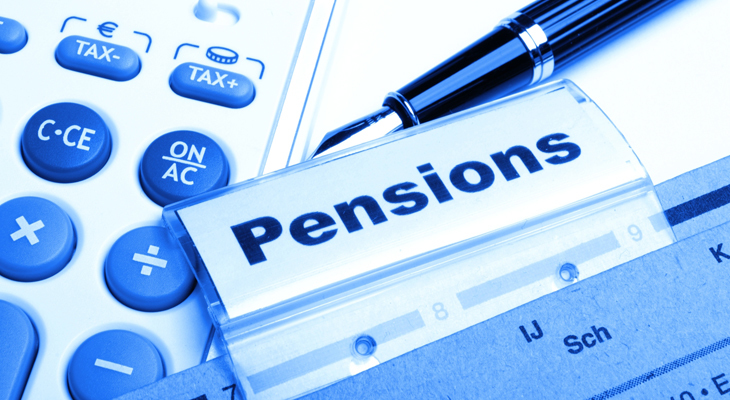
It is advantageous for Canadians to work with an organization that provides its employees with a retirement savings plan. Retirement savings plans come in a range of different shapes and sizes. There is one thing in common in these plans: they make it easy for you to accomplish your retirement objectives. While employer-sponsored plans involve complexities, basic knowledge and consultation will help you make the right decision.
Types of employee pension plans
Defined benefit and defined contribution are two basic employee pension plans.
Defined benefit plans entitle a person to obtain retirement income based on years of service with an employer and income earned. You can contribute to the plan as an employee. The contributions are pooled in a pension fund and invested. It is the responsibility of an employer to ensure the plan can pay members the retirement income. It’s important to understand that defined benefit plans involve investment risks.
On the other hand, defined contribution plans enable an organization to sponsor plans without worrying about the investment risks. As a member, you’ll have your own account. When it comes to investing the contributions, options are selected based on recommendations from members and the employer. When you contribute to this plan, your retirement income grows based on how the investments perform. Group tax-free savings, employee share purchase plans, and group registered retirement savings plans are some of the examples of defined contribution plans.
Role of your employer in managing pension plans
Your employer can’t manage these plans without investment fund managers, life insurance companies, financial advisors, other plan administration service providers. Record-keeping services play a key role in managing pension plans. Investment managers invest the pension funds based on their experience and members’ recommendations. Similarly, custodial services are provided by trust companies.
What if you leave your employer
If you’re planning to leave your employer and you have been contributing to these plans, it’s advisable to consult a financial planner before you make any decision. Considering the pension legislation, defined contribution and defined benefit plan members are entitled to receive the benefits of their contributions as well as their employer’s contributions.
In some provinces, it’s mandatory to work for an employer for a certain period before you become vested. In other words, if you leave your employer before the benefits vest, you would only get the value of your own earnings and contributions. You may be able to take the following actions depending on the legislation and the plan:
- Transfer the value of your pension to another pension plan
- Transfer the value of your pension plan to a registered retirement savings plan
- Take the cash value, if it’s not locked in
- Leave your assets in the plan
Canadians who plan ahead are likely to spend a financially stable retirement. Whether you contribute to an employee pension plan or a registered retirement savings plan (RRSP), it’s vital to consult a qualified financial planner. Kewcorp Financial is an Edmonton-based financial planning company where we provide financial guidance on matters ranging from retirement and tax to estate and insurance. Visit our website for more information!
Did You Know?
1/3 of people do not know where their pension money is invested.

